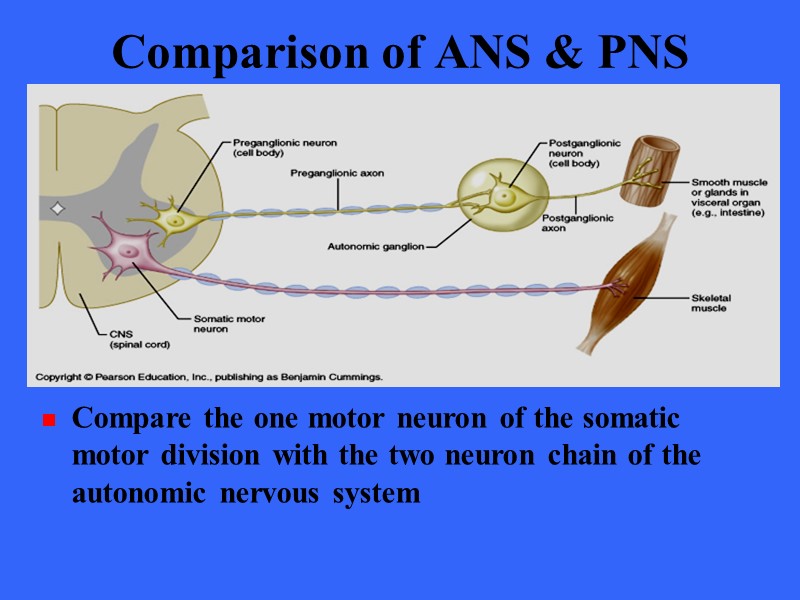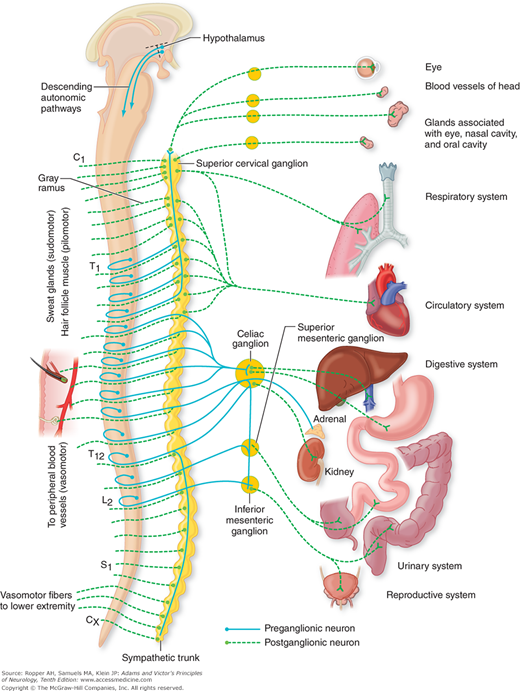

As such, they are an essential cell and their damage or death can have critical effects on body function and survival.


They serve to transmit rapid impulses to and from the brain and spinal cord to virtually all tissues and organs of the body. Neurons communicate with all areas of the body and are present within both the CNS and PNS. Glial cells (also known as neuroglia) provide support to the neural tissue, regulate the environment around the neurons, and protect against foreign invaders. Neurons are the functional nerve cells directly responsible for transmission of information to and from the CNS to other areas of the body. There are two categories of cells found in the nervous system: neurons and glial cells. Those functions are automatic and involuntary as controlled by the autonomic nervous system. In contrast, we cannot consciously control the smooth muscles of the intestine, heart muscle, or secretion of hormones.The somatic system is under our voluntary control such as moving our arms by consciously telling our muscles to contract.The major difference between these two systems pertains to conscious control. The second efferent system is the autonomic nervous system, which carries motor information to smooth muscles, cardiac muscle, and various glands. One is the somatic nervous system that is also known as the voluntary system and which carries motor information to skeletal muscles. Efferent nerves, which relay motor commands from the CNS to various muscles and glands.Įfferent nerves are organized into two systems.Afferent nerves, which relay sensory information to the CNS.The PNS consists of all nervous tissue outside the CNS (Figure 2). (Image Source: Adapted from iStock Photos, ©) Peripheral Nervous System Medulla oblongata - relays sensory information to the rest of the brain regulates autonomic function, including heart rate and respiration.Cerebellum - voluntary and involuntary motor activities based on memory and sensory input.Pons - a tract and relay center which also assists in somatic and visceral motor control.Midbrain - processes auditory and visual data generates involuntary motor responses.Diencephalon (thalamus, hypothalamus, pituitary gland) - relays and processes sensory information controlls emotions, autonomic functions, and hormone production.Cerebrum - controls thought processes, intelligence, memory, sensations, and complex motor functions.The brain, which is the most complex organ of the body, structurally consists of six primary areas (Figure 1): The CNS serves as the control center and processes and analyzes information received from sensory receptors and in response issues motor commands to control body functions. The CNS includes the brain and spinal cord. The nervous system consists of two fundamental anatomical divisions: It integrates the thought processes, learning, and memory.Īll of these functions are potentially vulnerable to the actions of toxicants.It directs motor functions of the body usually in response to sensory input.Specialized cells detect sensory information from the environment and relay that information to other parts of the nervous system.The nervous system has three basic functions: Anatomy and Physiology of the Nervous System


 0 kommentar(er)
0 kommentar(er)
